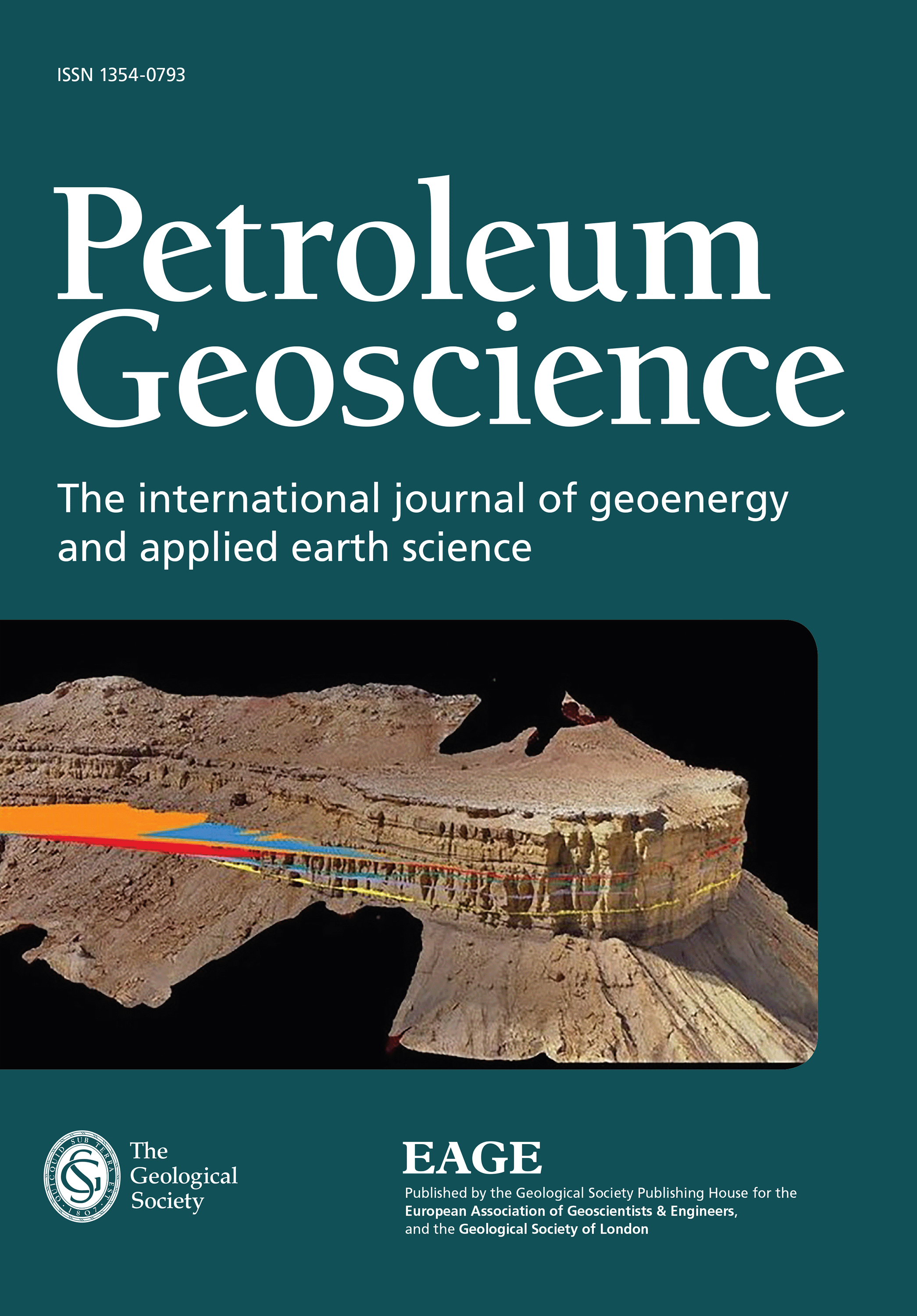-
oa 3D seismic interpretation and fault slip potential analysis from hydraulic fracturing in the Bowland Shale, UK
- Source: Petroleum Geoscience, Volume 28, Issue 2, May 2022,
-
- 20 Jul 2021
- 22 Oct 2021
- 01 Nov 2021
- 07 Dec 2021
Abstract
The Bowland Shale Formation is one of the most promising targets for unconventional exploration in the United Kingdom, with estimated resources large enough to supply the country's entire natural gas consumption for 50 years. However, development of the Bowland Shale has stalled due to concerns over hydraulic-fracturing-induced seismicity. Only three wells have been drilled and hydraulic-fractured to date in the Bowland Shale, and all three have produced levels of seismicity of sufficient magnitude to be felt at the surface. Susceptibility to induced seismicity will be determined by the presence of critically stressed faults. However, such faults can go undetected in conventional interpretation of 2D or 3D seismic surveys if they are shorter than the resolution retrievable from a seismic survey, or if they have low (and in some cases even zero) vertical displacement. In such cases, the faults that cause induced seismicity may only be visible via microseismic observations once they are reactivated. To better identify fault planes from 3D seismic images, and their reactivation potential due to hydraulic fracturing, a high-resolution fault-detection attribute was tested in a 3D seismic survey that was acquired over the Preston New Road site, where two shale-gas wells were hydraulic-fractured in the Bowland Shale in 2018 and 2019, obtaining fault planes with lengths between 400 and 1500 m. Fault slip potential was then estimated by integrating the obtained faults with the formation's stress and pore pressure conditions (with the Bowland shale also being significantly overpressured), and several critically stressed faults were identified near the previously hydraulic fractured wells. However, the faults that induced the largest seismic events in the Preston New Road site, of c. 200 m in length for seismic events of magnitudes below 3.0 (as imaged with a multicomponent, downhole microseismic monitoring array deployed during the hydraulic-fracturing stimulations), could not be identified in the 3D seismic survey, which only mapped fault planes larger than 400 m in length.
[open-access]



